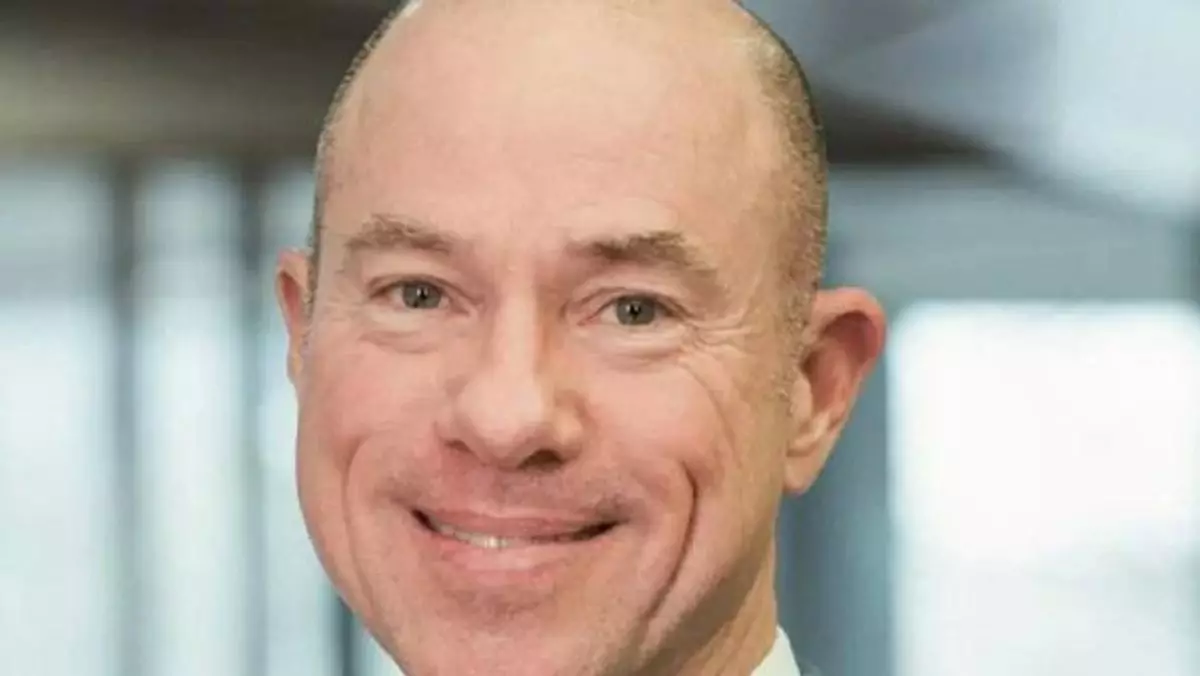The recent appointment of Bryan Bedford as the FAA Administrator underscores the pronounced partisan divide that continues to characterize American aviation policy. His confirmation, secured along strict party lines—Republicans in favor and Democrats opposed—reveals a broader issue: the politicization of key regulatory roles that shape the future of flight safety, innovation, and industry growth. This polarization risks undermining the impartiality and expertise necessary to lead such a vital agency effectively.
Bedford’s background as the former CEO of Republic Airways, a major regional carrier, adds layers of complexity to his nomination. His tenure was marked not only by operational success but also by advocacy for regulatory flexibility. Notably, his support for the Lift pilot training academy signals a push to modernize pilot development—an initiative that might reshape standards but also invites scrutiny from those wary of deviating from established safety protocols.
The Role of Innovative Training in Shaping Safety Standards
One of the most contentious aspects of Bedford’s career is his stance on the longstanding 1,500-hour flight experience requirement for airline pilots. Critics argue that this rule, enacted in 2013, has created an arbitrary barrier that delays pilot career progression and may disconnect training from real-world airline flying. Bedford’s advocacy for alternative pathways, including the Lift program which proposes reducing co-pilot requirements to 750 hours for students with specialized airline training, challenges the status quo.
Supporters believe that such innovations could address the pilot shortage, streamline training, and foster a more competent, industry-ready workforce. Conversely, opponents—predominantly Democrats—view this push as a departure from proven safety standards, fearing it could erode existing safeguards. Bedford’s previous resistance to commitment on maintaining the 1,500-hour rule during congressional hearings further fuels concerns about his priorities: is he championing innovation at the expense of safety?
Political Dynamics and Future Implications
The unanimous opposition from Democrats suggests that Bedford’s nomination has become more than a question of qualifications—it’s a battleground for ideological control over aviation safety regulations. For many Democrats, the fixation on the 1,500-hour rule symbolizes a commitment to rigorous safety standards, which they perceive as potentially compromised by Bedford’s stance and previous advocacy.
However, the appointment also signals an opportunity: with Bedford’s industry experience and recognition for fostering training innovation, the FAA could embrace a more flexible approach that balances safety with industry needs. Yet, the path forward remains uncertain, mired in political theater and conflicting perspectives on what truly ensures safe and efficient air travel.
In this climate, Bedford’s leadership will undoubtedly influence the agency’s direction, but the challenge will be to reconcile industry progression with unwavering safety commitments. His tenure might serve as a test case—whether regulatory caution or innovative reform takes precedence will shape the future of U.S. aviation for years to come.


Leave a Reply